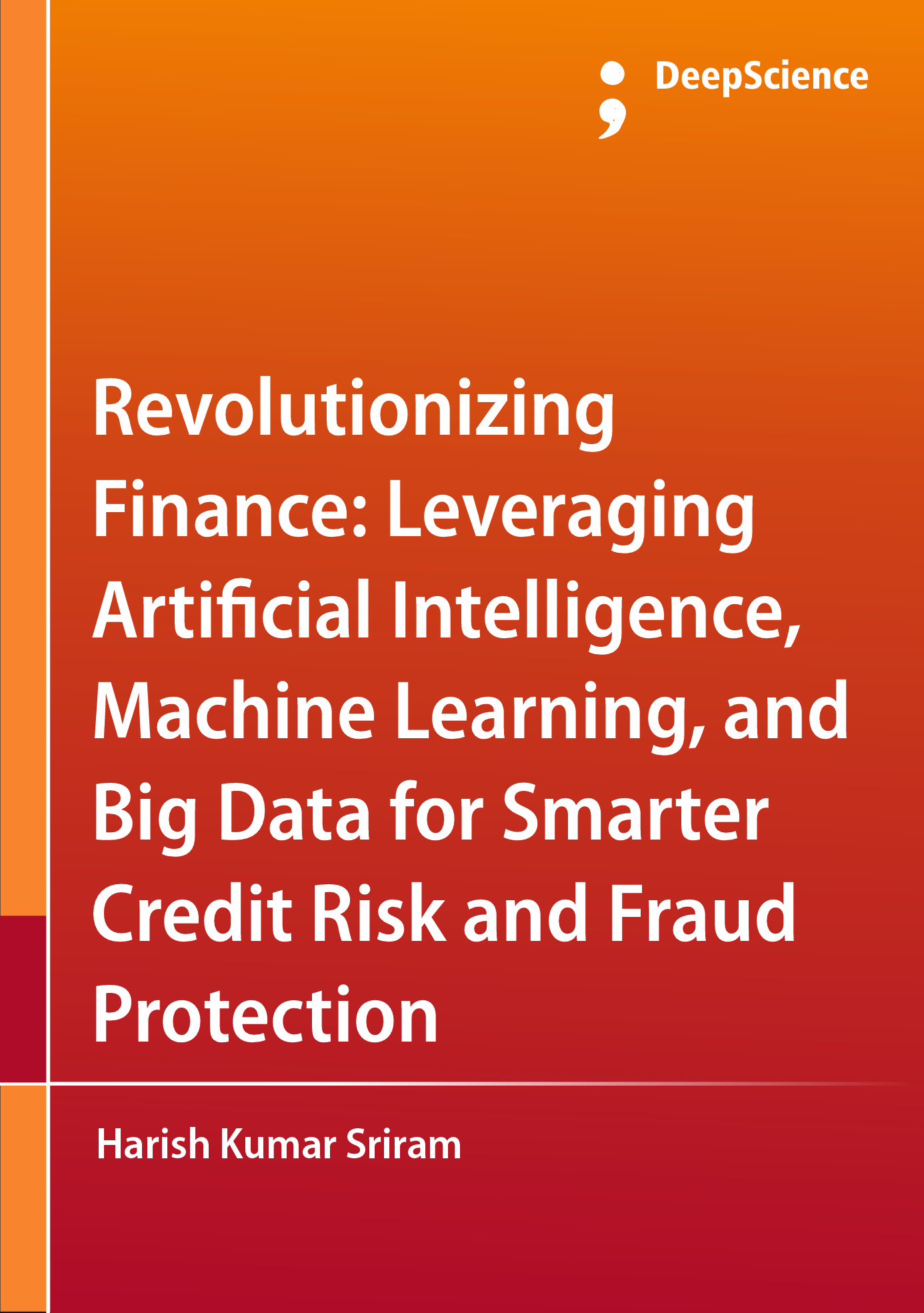The human-artificial intelligence collaboration: Augmenting analysts with automation
Synopsis
Over the past several years, there has been a great deal of attention paid to artificial intelligence (AI), specifically in the field of machine learning and its application to a variety of domains. The best-known applications of AI, from autonomous vehicles to facial recognition to natural language interfaces, are often built to replace human effort entirely — the fate of many innovations throughout human history. Increasingly, however, a great deal of AI development is focused on creating tools that are designed to aid and augment human decision-making. This intelligent augmentation represents a significant evolutionary advance in the way we think about the role of technology in our world, and we believe that professionals will benefit most from AI tools that seek to enable people to do their work better, not replace them. Intelligence analysts, in particular, are poised to benefit significantly from advances in AI. The combination of highly skilled humans and highly skilled machines has the potential to leverage the strengths of each while mitigating the weaknesses. Intelligence analysis requires combining knowledge from sources, evaluating their credibility and value, and integrating the results to make recommendations on a complex, adaptive problem in a dynamic environment.
Human intelligence analysts are experts in many interrelated skills that go beyond rote information processing, including critically interpreting possibly incomplete data that is often noisy due to exaggeration or deception, predicting the future, and being situationally aware of local and global conditions. Despite the variety of sources of information available, it is increasingly difficult for these analysts to keep up with the deluge of data available at scale. They can be overtasked and work to exhaustion or disengagement, handicapping their efforts to provide proper analysis. Lastly, advancing their existing workflows can be challenging due to crippling bureaucratic and cultural issues. With the advent of modern AI/ML technology, we can offer partial automation of some tasks that these analysts currently attempt, as well as augmenting their existing capabilities. There are also increasing opportunities to present data results in natural, concise, and intuitive ways that facilitate faster and more accurate decision-making, improved staffing, and greater collaboration between analysts. Additionally, new data sources and task flavors are receiving attention or are arriving from new technological advances, opening new opportunities for impact. With proper steps taken, these benefits can be achieved across the range of intelligence tasks, domains, sources, and conditions.













